TechRadar Verdict
If you're looking for a small, beginner-friendly camera for both stills and video, then the A6100 is one of the best around. Its main strengths are its image quality, battery life and class-leading autofocus. The fact that it inherits many features from Sony's significantly more expensive APS-C cameras means it's can also grow with you. The only real downsides are some handling quirks and a comparatively lackluster buffer when shooting continuously, but it's otherwise a fantastic buy once you've spent some time setting it up for your tastes.
Pros
- +
Superb tracking autofocus
- +
Solid battery life
- +
Most controls are easy to use
- +
Sony’s app works well
- +
Lots of features in a compact body
Cons
- -
No IBIS for video
- -
Limited touchscreen functions
- -
Relatively low-spec LCD and EVF
Why you can trust TechRadar
Editor's Note
• Original review date: February 2020
• One in a long line of APS-C cameras and it might not get updated
• Launch price: $749 / £830 / AU$1,349 (body only)
• Official price now: $599 / £649 / AU$ not available from Sony directly (body only)
Update: February 2024. Launched alongside the A6600 in August 2019, the A6100 is the entry-level APS-C mirrorless from Sony and was long touted as the best beginner mirrorless camera by TechRadar. It's almost five years old now and technology has moved on, but Sony was ahead of the curve back then and so the tech spec still isn't bad. You get 24MP stills with Sony's phase detection autofocus that still performs well today, but the 1.44m-dot EVF and limited tilt-touchscreen look dated now, plus you don't get in-body image stabilization. Still, there's even more APS-C lenses to choose from now and the A6100's reduced price and good availability secondhand for even less still makes it a compelling choice for beginner photographers. The pricier A6600 was essentially updated by the A6700 as the flagship model in 2023, but there's no sign of a A6100 replacement yet, and so you're still getting the latest entry-level model. The rest of this review remains as previously published.

Sony A6100: Two-minute review
The Sony A6100 is the natural successor to the wildly popular Sony A6000, a beginner-friendly mirrorless camera that is still available to buy new today, five years after its launch. That's the sign of a popular, enduring camera.
Both cameras are the entry-level models in Sony's range of mirrorless APS-C sensor snappers. 'APS-C' refers to the camera's sensor size, which is significantly larger than the ones found in smartphones, but smaller than the full-frame chips found in pro-friendly models like the Sony A7 III.
Much of the A6000’s core features remain in the A6100: there's the familiar body design, a sensor with the same 24MP resolution, a similar EVF and tilting rear LCD screen (though the A6100's screen is now touch sensitive), and an 11fps burst mode.
However, there are some very welcome improvements in the A6100 too. Overall, this is a much more user-friendly camera. The general handling and performance is enhanced, particularly through its excellent continuous autofocus system.
We now have a camera that more readily competes with today’s entry-level mirrorless shooters from other brands, of which there are many more since the day the A6000 launched. Despite this, the Sony A6100 is a worthy successor to one of the best beginner mirrorless cameras of all time when it comes to sheer sales.
Sign up for breaking news, reviews, opinion, top tech deals, and more.

Sony A6100: Features
- 24.2MP APS-C sensor
- 4K video at 30fps, 100Mbps
- Slow and quick motion Full HD videos
- Bluetooth, Wi-Fi and NFC connectivity
Sony sticks with a 24.2MP APS-C sensor, which is the same as the one found in the more expensive Sony A6400 and Sony A6600 cameras. Its resolution is par for the course and plenty for an entry-level camera.
Sensor: 24.2MP APS-C CMOS
Lens mount: Sony E-mount
Screen: 3-inch 922K-dot tilting touchscreen
Burst shooting: 11fps
Autofocus: 425 selectable points
Video: 4K/30p
Connectivity: Wi-Fi and Bluetooth
Battery life: up to 420 shots
Weight: 396g
While the A6100 can shoot 4K at 30fps, it does this with a slight crop – shoot 4K at 25fps, though, and it uses the full-width of the sensor (which means full pixel readout with no pixel binning), and fills the 16:9 rear LCD display. There is an S&Q setting (Slow & Quick Motion videos) that captures Full HD slow motion videos up to 100fps (4x) or quick motion videos down to 1fps (25x).
You do get a lot for your money with the Sony A6100. There’s the same 1.44 million-dot EVF, hotshoe and pop-up flash, all squeezed expertly into what is a very compact body. Plus, that LCD screen is now touch sensitive and can pull out and up into a selfie position.
Images can be captured and shared wirelessly using a smartphone or tablet connected by Wi-Fi through Sony’s app called ‘Imaging Edge Mobile'. An easy connection can be made using NFC, or via the usual QR code method as well.


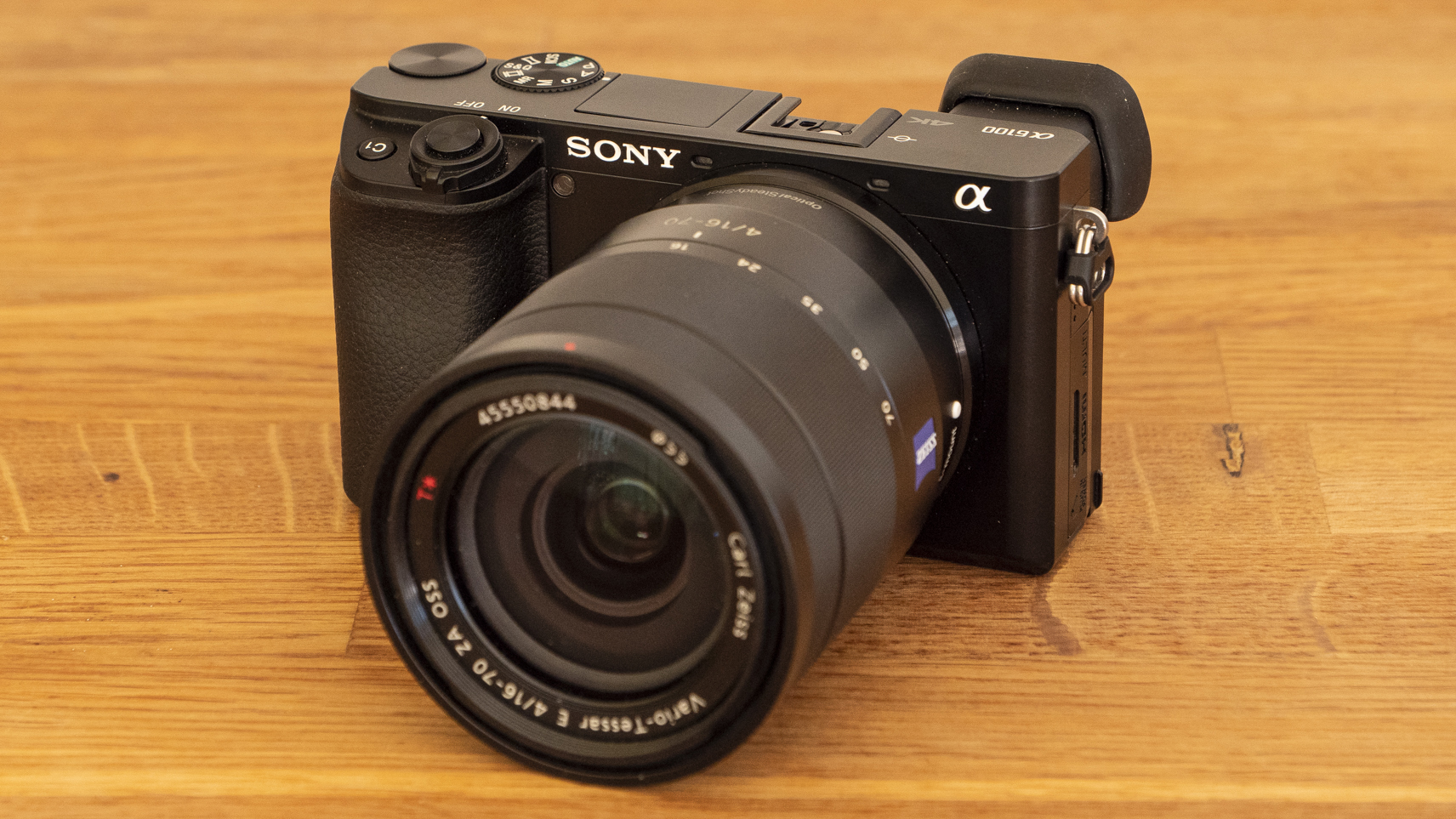
Sony A6100: Build and handling
- Small and solid polycarbonate build, with reasonably-sized controls
- Solid 420-shot battery life
- USB charging
- Tilt-touch screen with selfie mode
- Single SD UHS-I card slot
Overall, we really enjoyed our time with the Sony A6100. We paired the camera with a couple of slightly higher-end lenses – the FE 24‑70mm f/4 and FE 35mm f/1.8 – which are both a sensible size and weight match.
Depending on the lens, the A6100 is small enough to fit into a jacket pocket. This is thanks to its form factor – it stands at just 67mm high and has a very flat profile without the pentaprism 'hump' seen on rivals like the Fujifilm X-T3.
The polycarbonate body feels solid and the external controls are robust, while the textured hand and thumb grips provide a firm hold. Praise be for the slightly larger grip than the one in the A6000.
Considering the compact size of this camera, a mighty number of controls and features are packed in. You get a pop-up flash that can be tipped back by hand for indirect fill light. There’s a hotshoe to attach optional accessories such as an external microphone, which is then connected via the microphone port on the side. (Unsurprisingly, there is no room for a headphone jack).
There's also a built-in EVF, which is a plus for a camera at this price. It’s not the easiest to use and the resolution remains at an average 1.44 million-dots. To get the latest high-resolution EVF, you’ll need to fork out extra for the Sony A6400 or Sony A6600.
The tilt LCD touchscreen can be pulled out and up, and then flipped vertically above the camera into selfie mode. By today’s standards, the 3-inch screen has a relatively modest 920,000-dot resolution. It’s a 16:9 screen too, meaning that full resolution 3:2 photos do not fill the display and therefore appear on the small side – a similar scenario also happens on the 16:9 display on the Fujifilm X-A7.
Given the A6100 is an entry-level camera, it is perhaps a little counter-intuitive that its touchscreen functions are so limited. The screen can be used to select the AF points and track subjects, plus pinch-to-zoom and scan an image in playback. But you can't navigate menus or make setting selections. Still, AF selection is arguably the most helpful touch function.
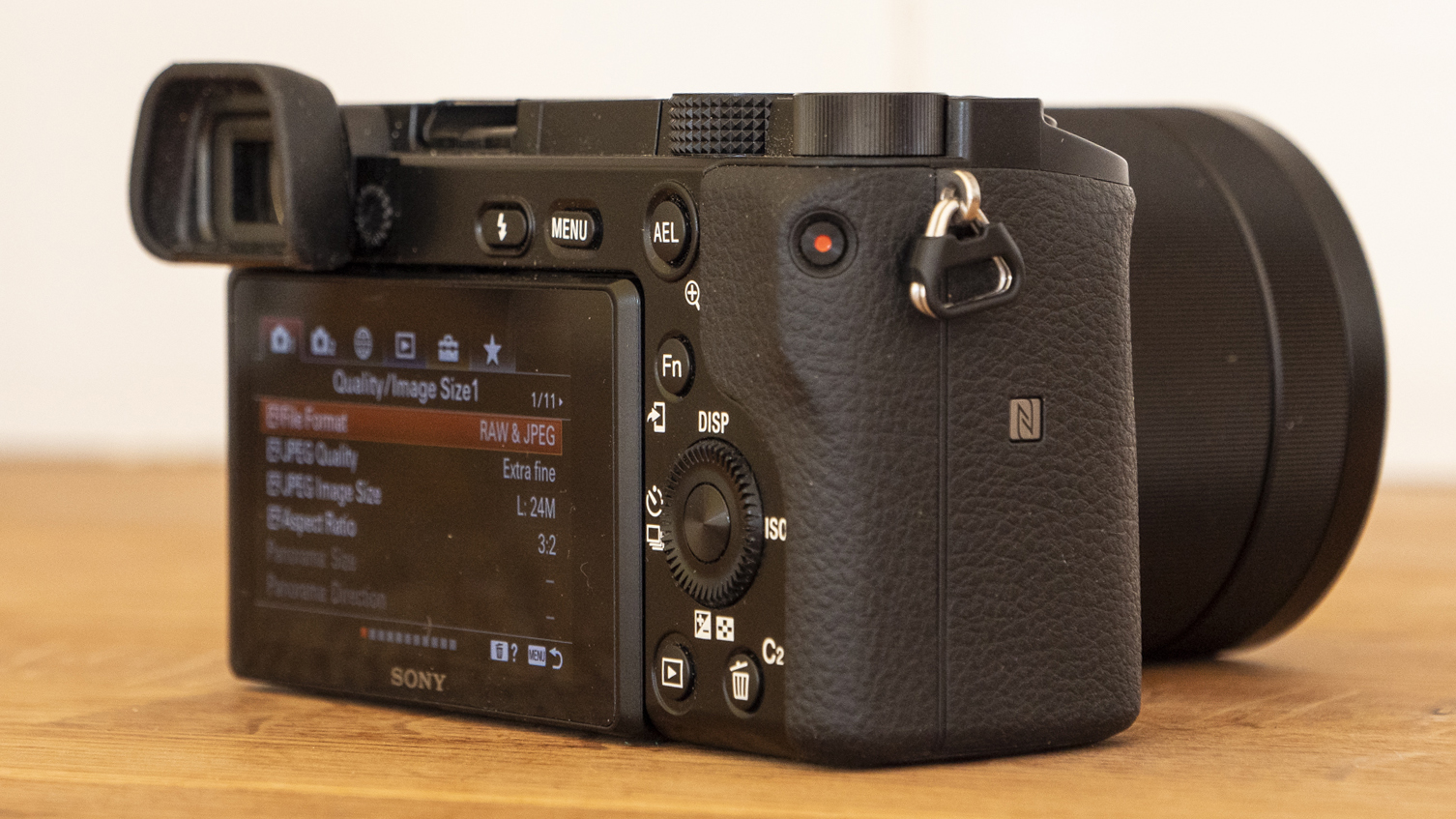
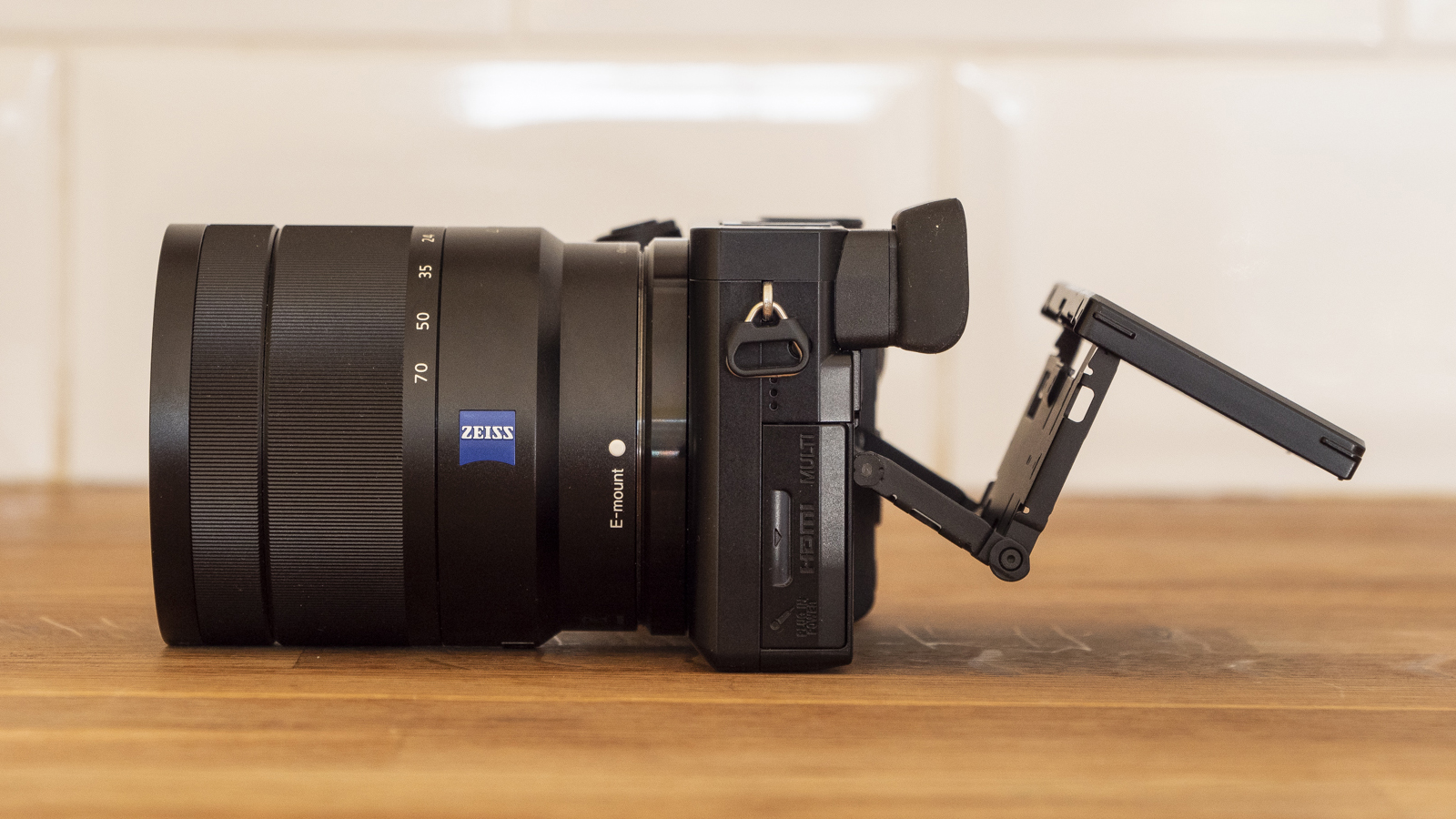
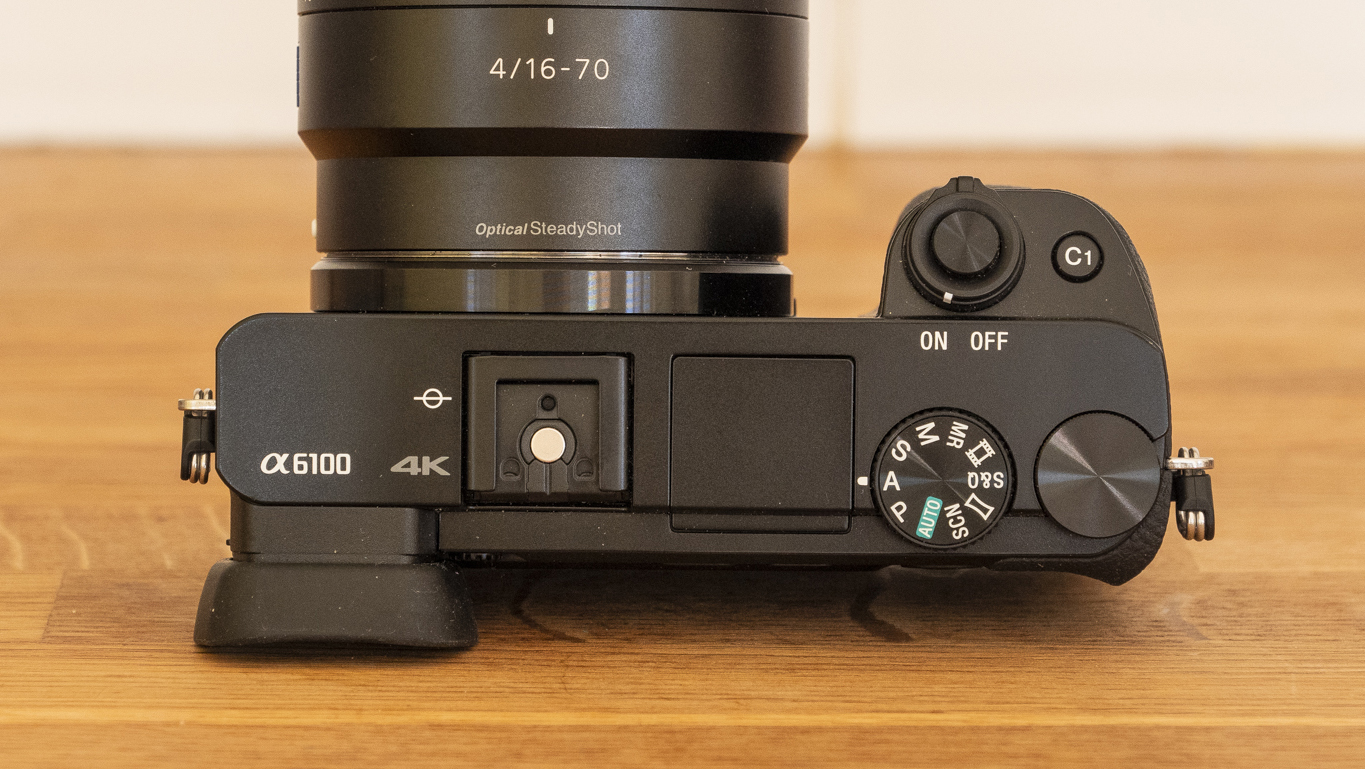
Tiny, fiddly buttons are often a pitfall of such small cameras, but not so here. All of the buttons are clearly labeled and reasonably sized. There are two control dials – both are on the rear and naturally controlled using your thumb. Another dial on the top front would have been very welcome to bring your index finger into play instead.
A 420-shot battery life is very competitive at this level. We used the camera during cold winter months and found that battery life drained a little quicker than expected. However, USB charging is massively helpful. It's worth noting here that there is no battery charger included with the A6100, just the USB cable.
With the camera continuously connected to a power bank, the battery tops up every time the camera is switched off, which proved very handy during our wintry outings. On-the-go charging for mirrorless cameras is a true solution for their more limited battery lives.
The A6100 records images onto a single SD card, but isn't compatible with the latest UHS-II cards that possess superior read and write speeds. It’s no surprise, yet the result is some functional lags when using the camera for continuous shooting.
One handling issue worth mentioning – which is not unique to the A6100 but quickly noticeable on a camera like this – is how 'Auto ISO' favors a lower ISO setting over a quicker shutter speed when shooting in Aperture priority mode.
For example, with the lens set to a 24mm equivalent focal length, auto ISO will naturally select a shutter speed of around 1/30 sec, no matter what scene is being captured. That’s fine for static subjects, which will remain sharp, but any movement from people will be blurry.
We often chose to shoot in full 'Manual' mode with auto ISO, to ensure the desired shutter speed and aperture. However, stick the camera into its Auto mode and scene detection comes into play with more sensible shutter speeds chosen.
It takes more time to familiarize yourself with what the A6100 can do than most other entry-level cameras. That’s no bad thing, but we’d firmly recommend a little research on ways to set up the camera for quick control and to ensure you are getting the best out of it. For example, customizing the continuous AF settings and adding your most used controls to the main Function (Fn) menu.
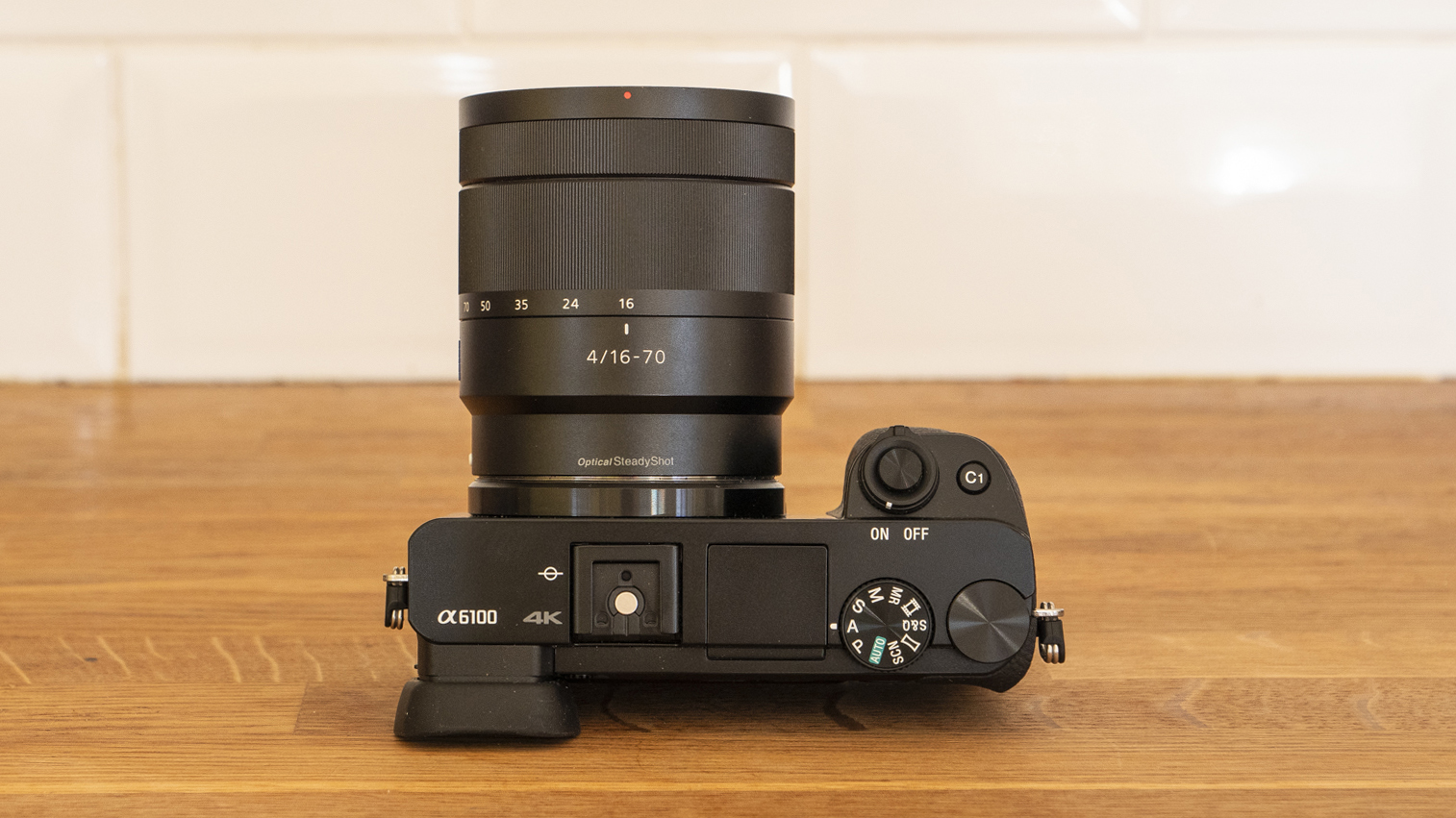
Sony A6100: Performance
- 425-point phase detection autofocus
- Excellent continuous tracking autofocus
- 11fps mechanical shutter
- 1200-zone evaluative metering
Where the A6100 shines brightest is through its rapid and reliable autofocus system for both photography and video. It has the same AF system as the flagship Sony A6600, a camera that's almost twice the price.
There are several Focus Modes and Focus Areas to choose from. After playing around with these settings, we settled on continuous AF with the 'Tracking: Expand Flexible Spot' focus area for virtually all scenarios.
With this AF setup in play, focusing for general action – family shots, a specific subject within the frame – is extremely reliable. Honestly, there were times that we forgot that this is an entry-level camera because the A6100 is so reliable for sharp focusing.
A burst mode of 11fps is, on paper, solid. However, in use the reality of 'continuous high' shooting is a tad disappointing. In our experience, the length of bursts do not quite match the claims of up to 67 frames. Also, the camera takes time to buffer those sequences before full performance is available again.
Despite the Bionz X processor, the limitations of a UHS-I SD card slot are clear. We found the 6fps 'Continuous Mid' shooting mode a more sensible choice. The A6100 is still very competitive at this level, but the Olympus E-M5 Mark III is only a little more expensive and offers UHS-II compatibility with unlimited burst shooting.
The A6100 uses a 1200-zone evaluative metering system. In many circumstances – and of course this is to taste – we found exposures a little bright and opted to dial in around -0.7EV exposure compensation.
For us, the Imaging Edge Mobile app provided a hassle-free connection and worked very well for image uploads and remote control shooting. The same cannot be said for all brands, so kudos to Sony here.



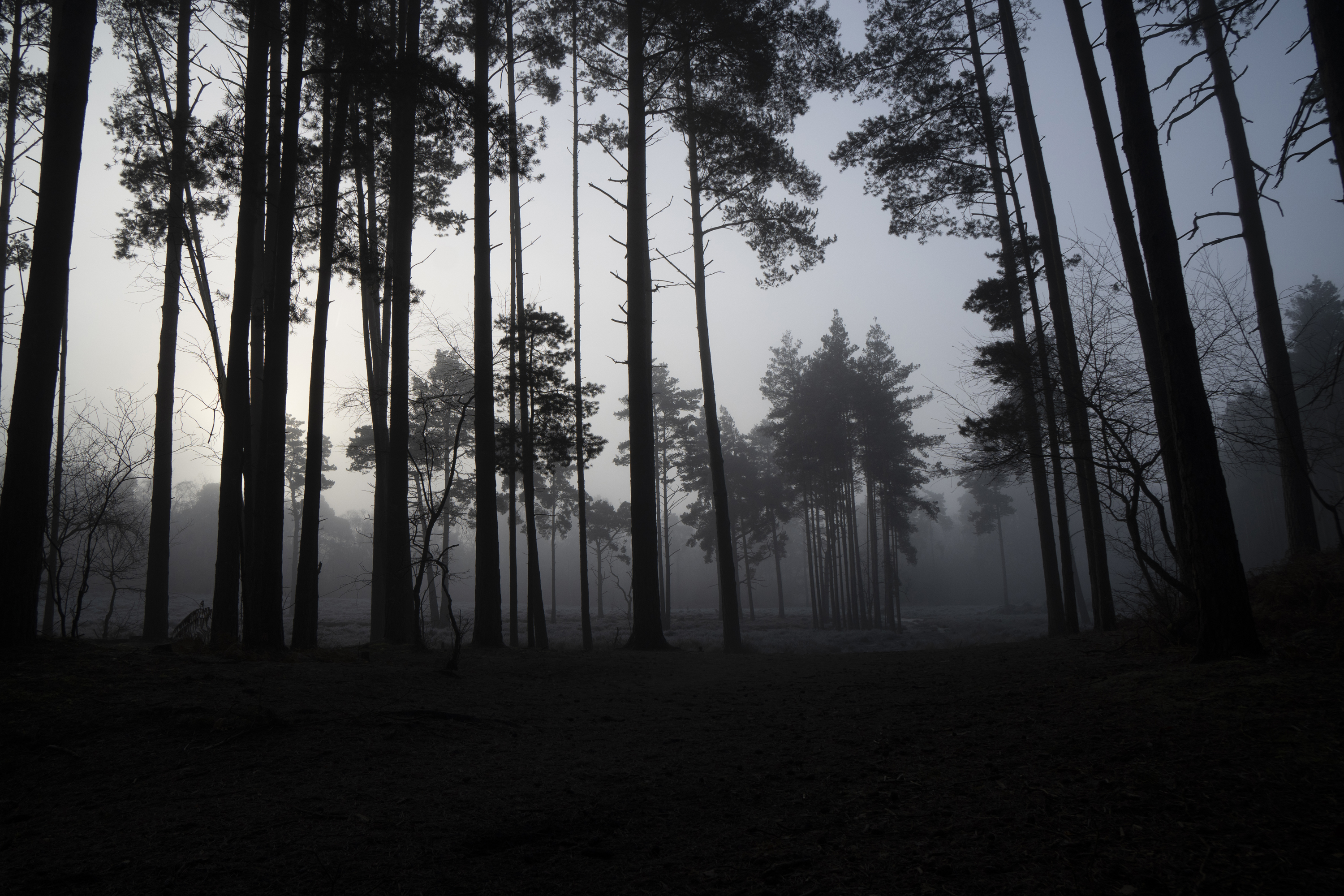

Sony A6100: Image and video quality
- 24.2MP resolution holds its own
- ISO 100-32,000 (extended to ISO 51,200)
- 4K videos look good and helped by reliable continuous AF
- Vibrant colors but no flat/natural color profiles
Sony's APS-C cameras have offered a 24MP resolution for almost ten years. Even today, few venture higher or lower than 24MP. It’s a sensible choice in the entry-level A6100, though one has more cause for complaint in the flagship Sony A6600.
The 6000x4000 pixel resolution equates to an A3-print size at 350ppi, though by reducing the ppi you can make a high quality print up to A2 – that’s surely enough for most photographers.
Video quality is solid. 4K videos at 25fps are taken from the full-width of the sensor and the quality is helped no end by the reliable and intelligent continuous tracking autofocus.
Of course, image quality is affected by the lens attached to the camera and the 16-50mm Power Zoom kit lens of the A6100 has a poor reputation. But add a different lens – such as the two we used – and you’ll get crisp images with plenty of detail all the way up to ISO 3200.

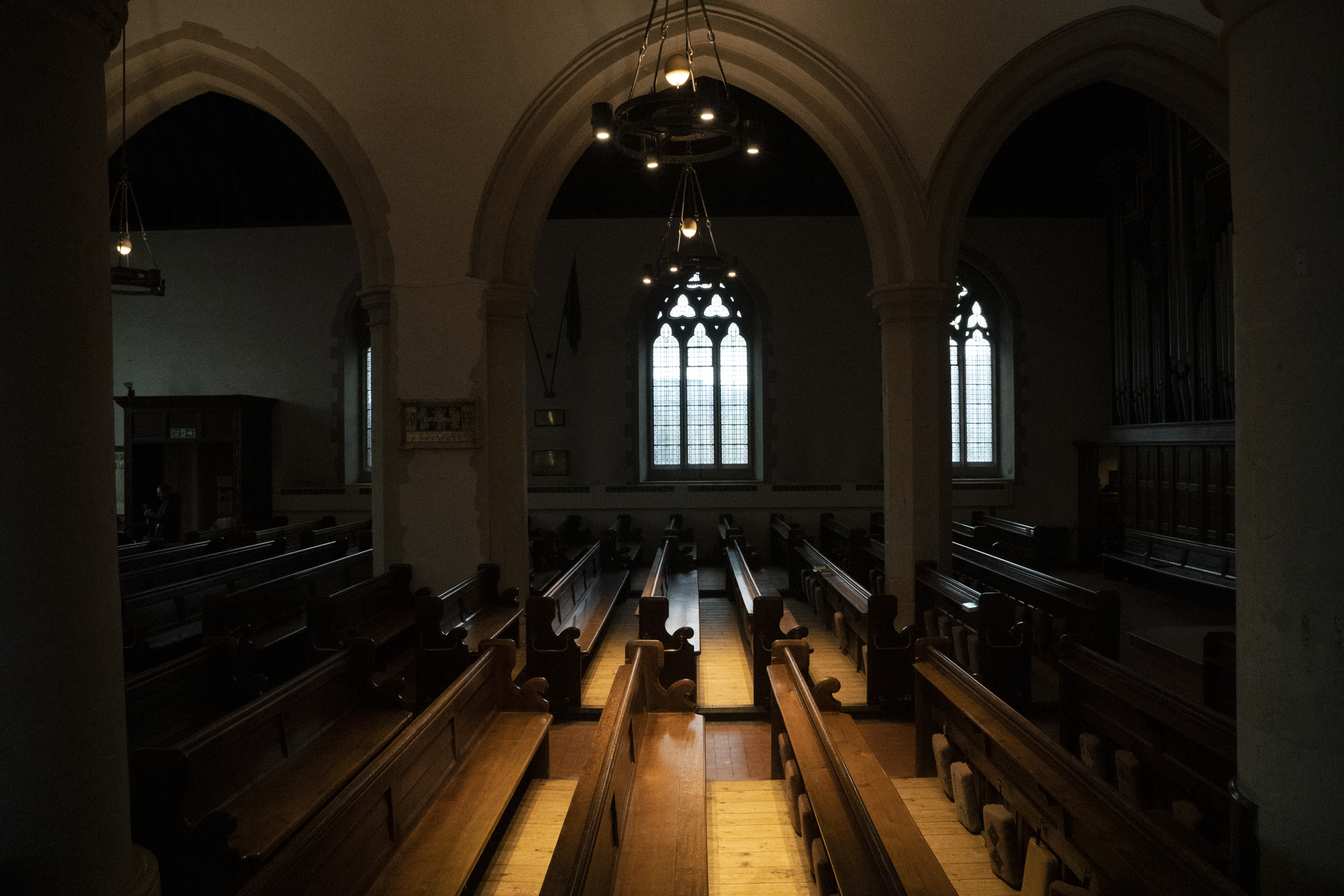
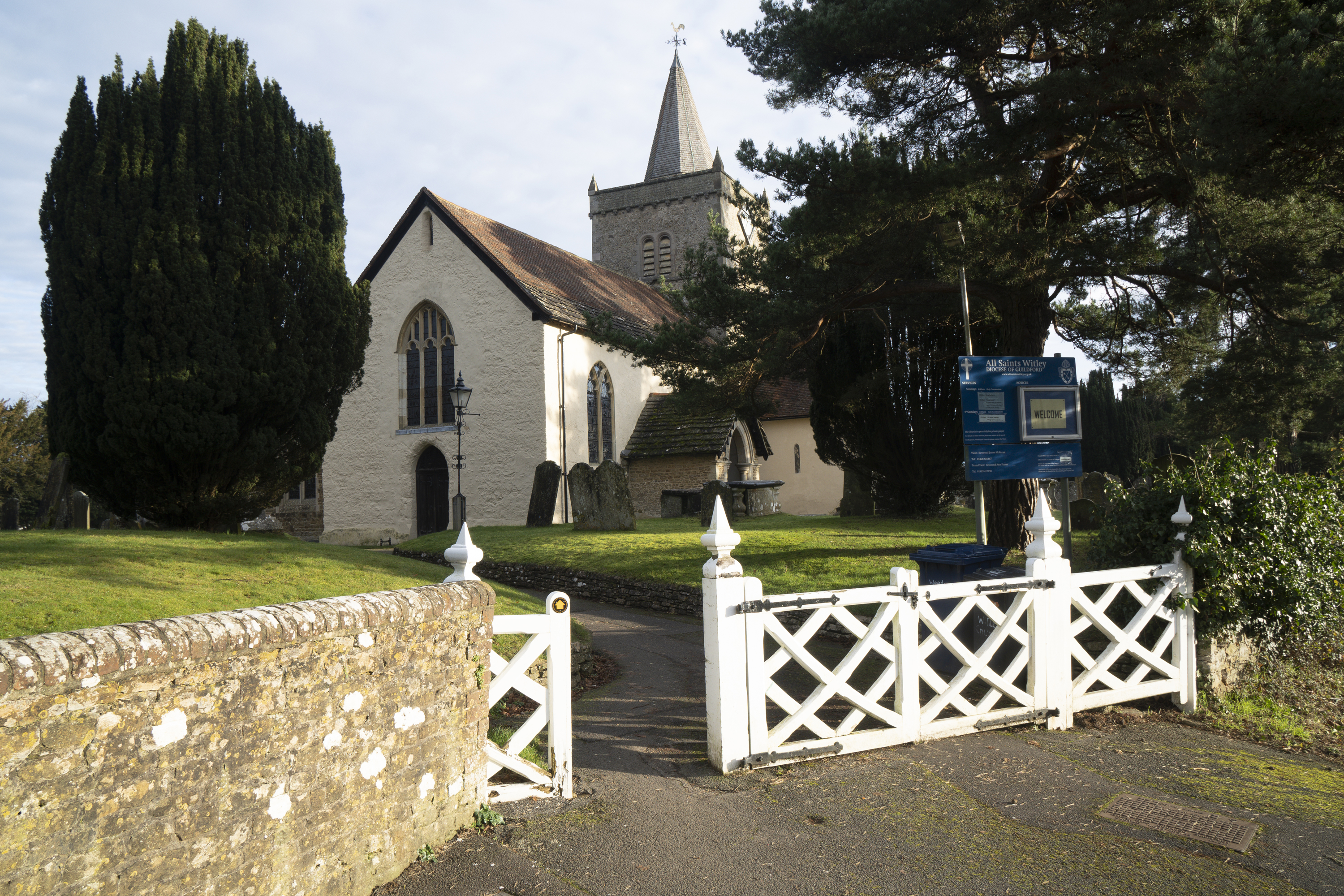
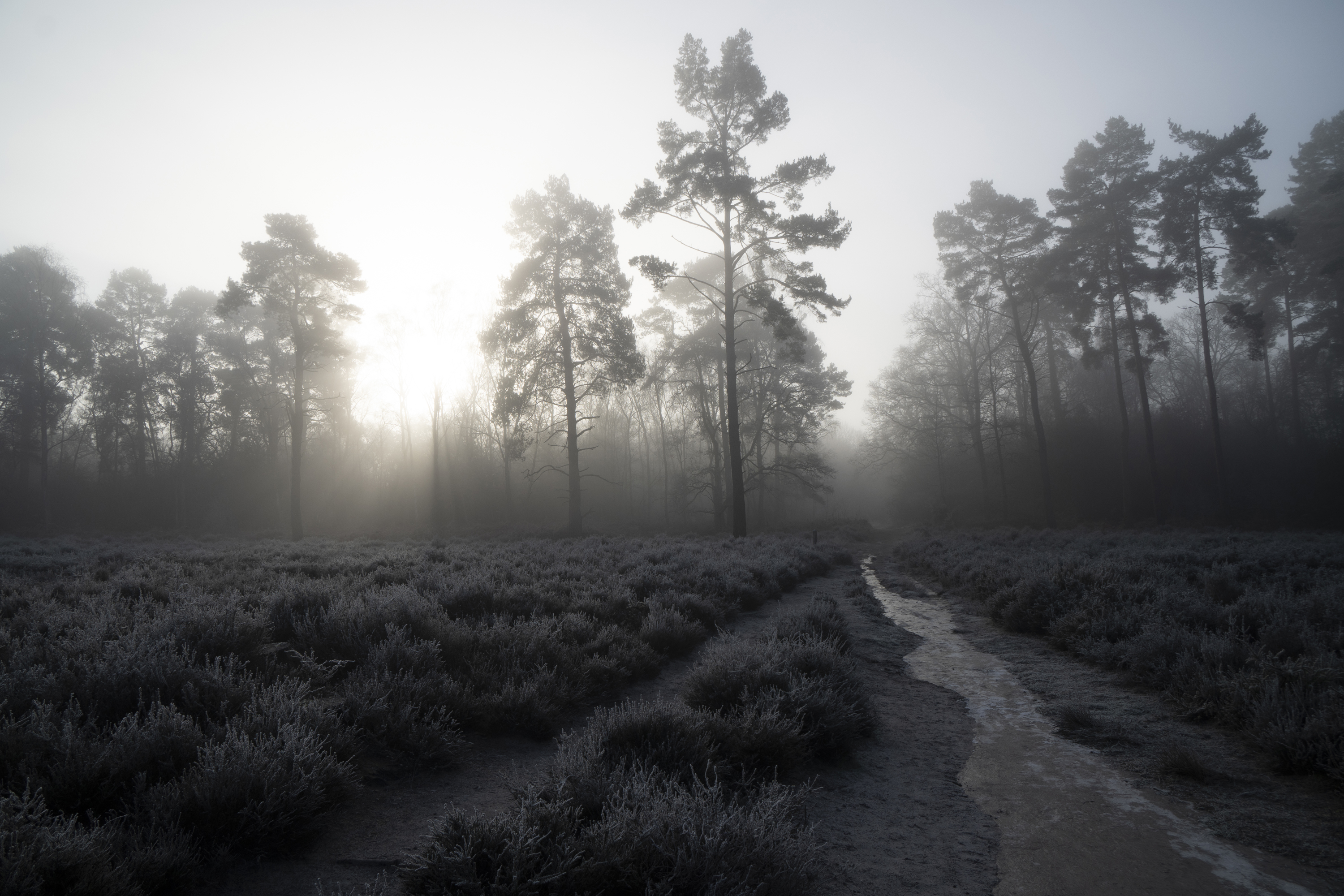

For most subjects, the ‘Standard' Creative Style creates realistic tones and accurate colors for JPEG images straight out of the camera. Sony’s color profiles are gradually turning around and indeed we have seen an improvement – those jumping from the A6000 will appreciate the difference.
For more critically observed subjects, skin tones for example, things are a little too saturated for our liking, even in the least punchy Standard Creative Style (again, that’s down to personal taste). We’d love to see a more natural or flat color profile included for photos and videos here – most other brands offer at least a ‘Natural' profile.
To get a ‘flatter' tonal range from which to make edits to saturation post capture, your best bet is decreasing the contrast in the Standard Creative Style (or to shoot in Raw format). However, it’s not possible to make any image edits in-camera.
Dynamic range is very good. A lot of detail can be recovered from shadow areas that appear black, and a reasonable amount can be found in bright highlights. You’ll get notable patches of chroma noise and overall luminance noise in shadow areas of low contrast images taken at ISO 6400 and higher, though.
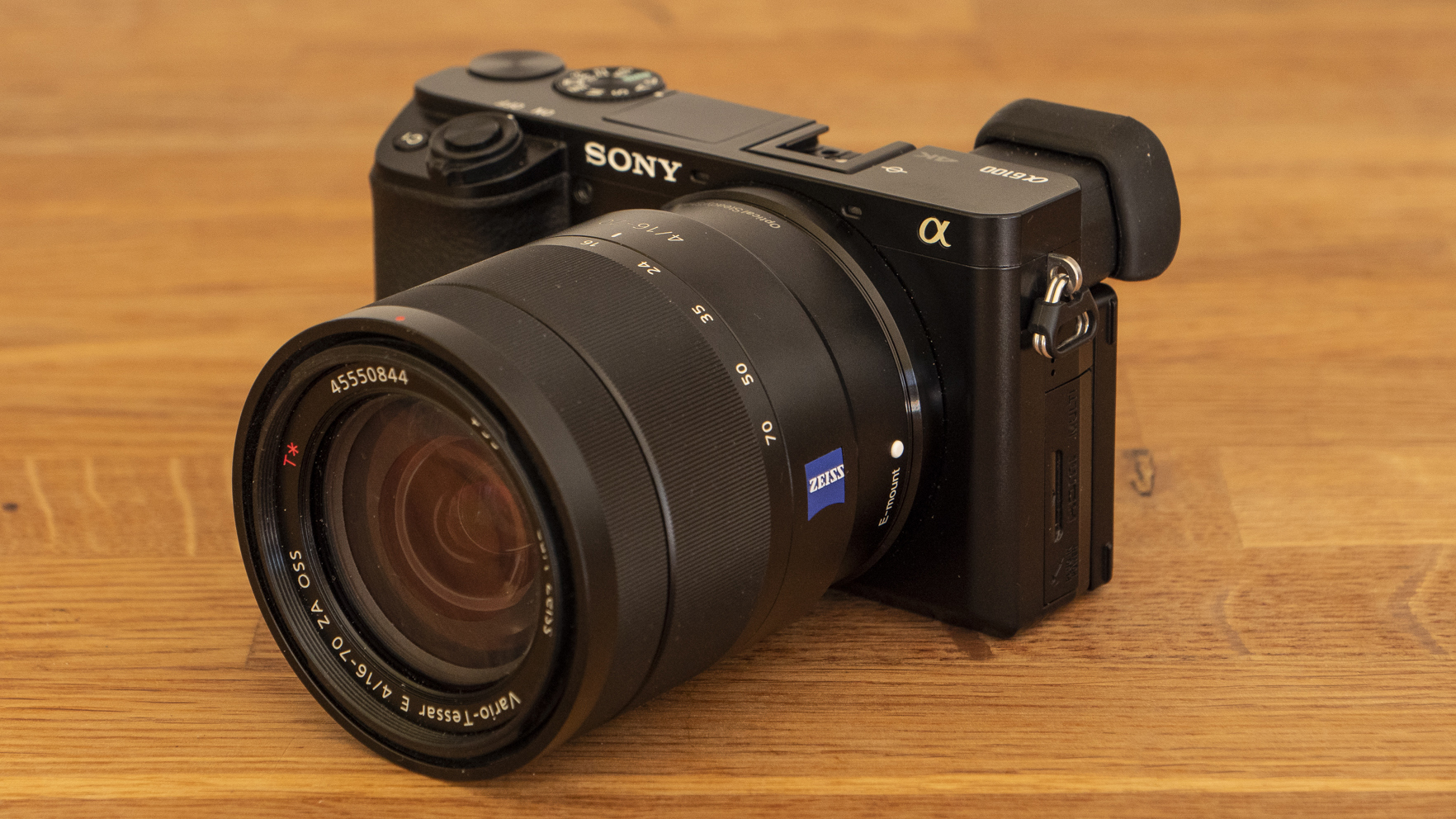
Sony A6100: Verdict
Considering the design, price point and feature set, the Sony A6100 is arguably the most enticing camera in Sony’s A6000 series today.
Firstly, the body design that's consistent throughout this series does feel more suited to beginners and those growing their skill level.
Image quality and autofocus are also on a par with the more expensive Sony A6400 and Sony A6600, which is impressive. The main gripes that we have of all A6XXX series cameras – mainly handling and performance limitations – are also less forgivable on the flagship models than they are here.
So what do the more expensive models have going for them? Well, the flagship Sony A6600 has a much better battery life, in-body image stabilisation (IBIS), a higher resolution EVF and a metal, weather-sealed body. But it’s virtually twice the price.
Crucially for Sony, the A6100 refreshes the A6000 and holds its own against today’s growing competition. There is class-leading continuous autofocus and in most other areas, such as battery life, the camera is very competitive.
We expect the A6100 to be the most popular of the current A6XXX series and for good reason – it’s well-priced and is a brilliant little camera once you get to know it.
- These are the world's best cameras for photography
Sony A6100: Also consider
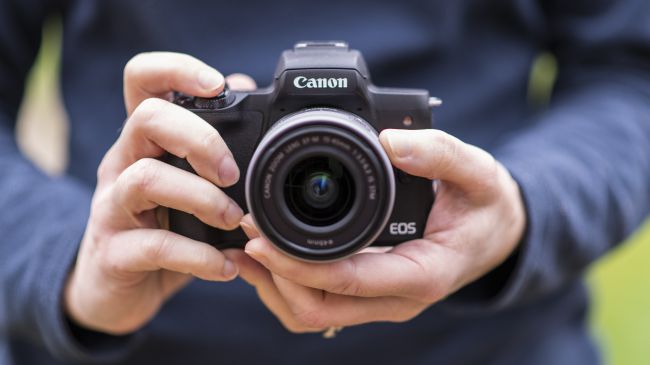
Canon EOS M50
Perhaps the most obvious direct rival to the A6100, the Canon EOS M50 is a little older than Sony's entry-level camera, but also a lot more affordable. It shows its age in many areas, with the A6100 offering superior autofocus, battery life, video powers and native lens choices. But if you can't stretch to the A6100 or have existing Canon EF or EF-S lens that you'd like to use with the EOS M50 (via an adaptor), it's well worth considering for beginners.
Read our in-depth Canon EOS M50 review
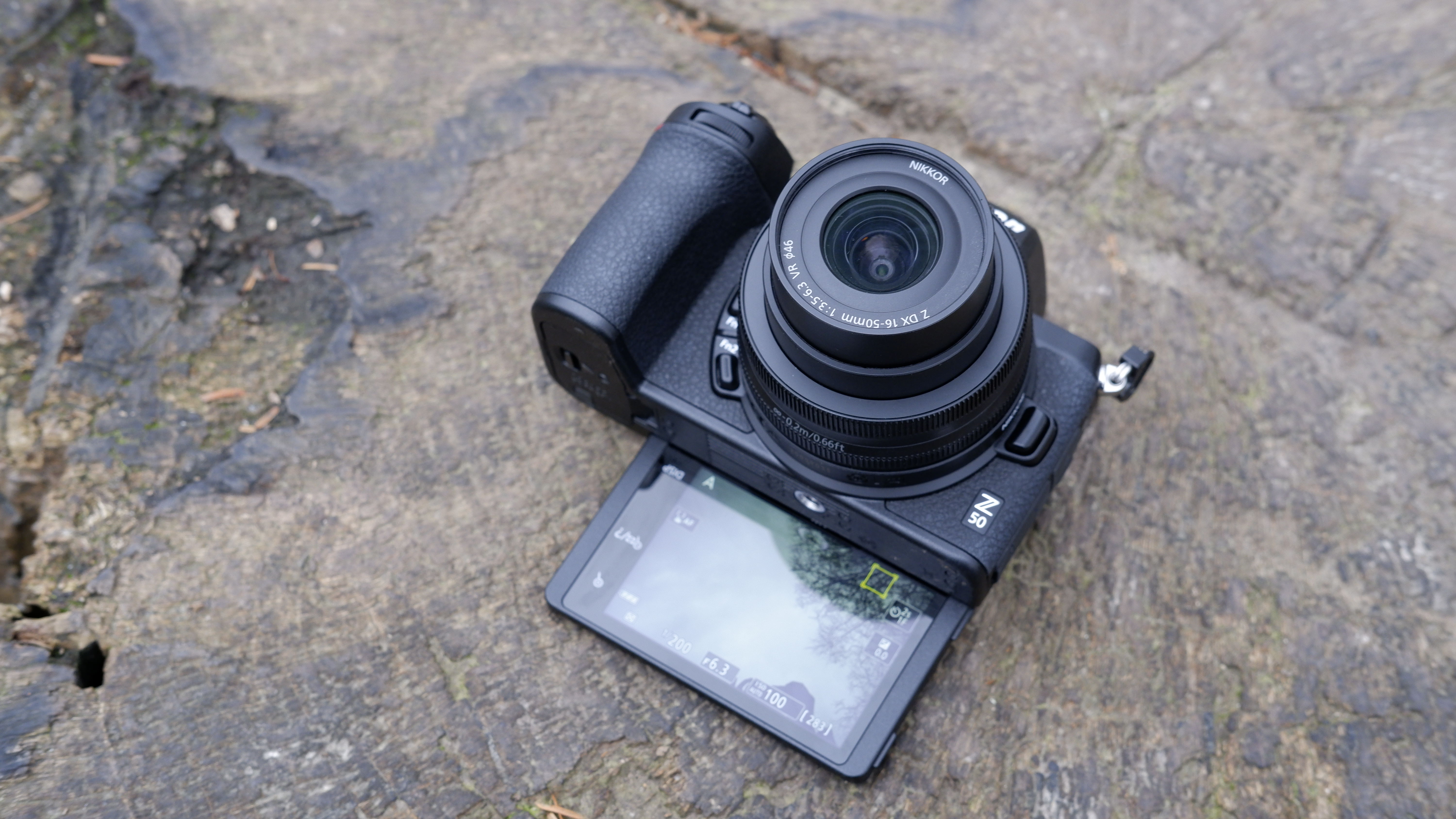
Nikon Z50
It's a fair bit pricier than the Sony A6100, but the Nikon Z50 addresses one of our main complaints with Sony's APS-C cameras – handling. Just like Nikon's DSLRs, the Z50 has a nice, chunky grip and balances better with longer lenses, which is something to bear in mind if you like sports or wildlife shooting. Both cameras can shoot at 11fps continuously and lack in-body image stabilization. Sony has the edge with autofocus and its native lens selection, but the Z50 is a better option for those coming from DSLRs (particularly Nikon ones, as you can use F-mount lenses with an adaptor).
Read our in-depth Nikon Z50 review

If you don't need a viewfinder and want something a little smaller than the A6100, then the Fujifilm X-A7 is well worth considering. Combining a 24.5MP APS-C sensor, 3.5-inch vari-angle touchscreen and the ability to shoot 4K/30p video, it's a nice little all-rounder that shoots crisp, sharp images and pairs nicely with Fujifilm's range of X-Series prime lenses.
Read our in-depth Fujifilm X-A7 review
- These are the world's best mirrorless cameras

Tim is the Cameras editor at TechRadar. He has enjoyed more than 15 years in the photo video industry with most of those in the world of tech journalism. During his time as Deputy Technical Editor with Amateur Photographer, as a freelancer and consequently editor at Tech Radar, Tim has developed a deeply technical knowledge and practical experience with cameras, educating others through news, reviews and features. He’s also worked in video production for Studio 44 with clients including Canon, and volunteers his spare time to consult a non-profit, diverse stories team based in Nairobi. Tim is curious, a keen creative, avid footballer and runner, and moderate flat white drinker who has lived in Kenya and believes we have much to enjoy and learn from each other.
